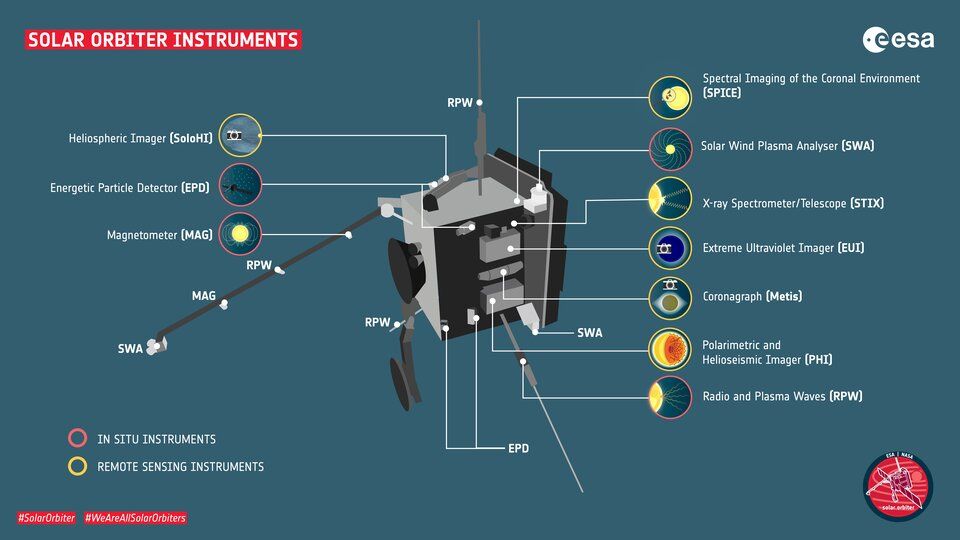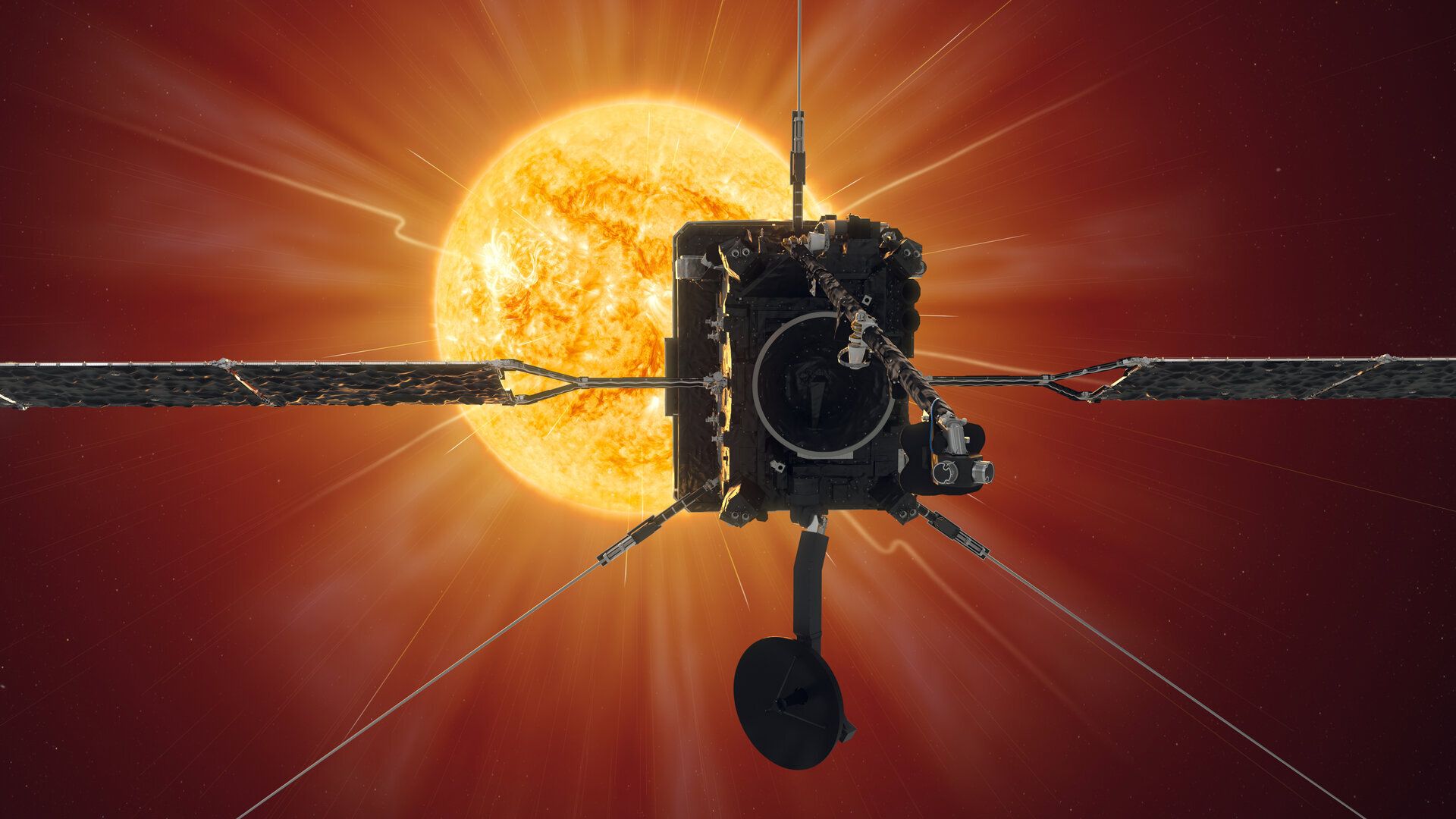A joint mission between the ESA and NASA, the Solar Orbiter was launched with the objective of performing “close-up, high resolution studies of our sun and inner heliosphere” according to the ESA. Launched in 2020 the satellite will take pictures of the sun approximately 48 million kilometres away which will be a new record.
At this current stage, the orbiter is approximately 75 million kilometres away from the sun. A statement by Solar Orbiter Project Scientist Daniel Miller stated that “From this point onwards, we are ‘entering the unknown’ as far as Solar Orbiter’s observations of the Sun are concerned”.
The approach is known as Perihelion which according to Swinburne University of Technology is the shortest distance between the sun and the planet, with the closest planet being Mercury. When at it’s closest distance the orbiter will utilize all ten instruments to image the sun while also recording solar weather data.

“What I’m most looking forward to is finding out whether all these dynamical features we see [the campfires] can make their way into the solar wind or not,” she said.
“There are so many of them.”
The ESA has stated that because of the satellites relatively close proximity, data is able to be transferred back to earth within 15 minutes. Space.com has stated that another major achievement that is set to happen on this mission is a direct image of the sun’s poles, which will be the first time this has happened.
The mission is set to cost both ESA and NASA approximately $2billion AUD.






